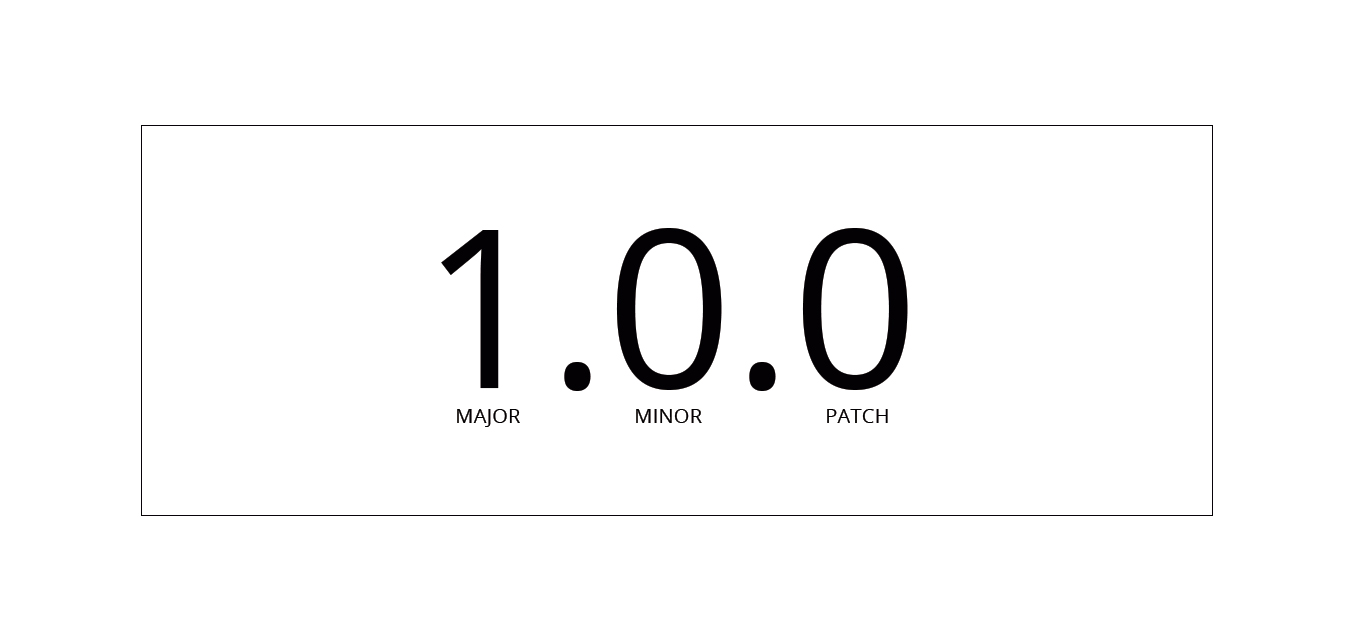watch-version v1.2.0
watch-version
What is it for?
This module can automatically update the version of your node app ( or API) when enter a new tag on github by console
Install
sudo npm install -g watch-versionUse
1.- Standing in the path thats contains the .git folder and your package.json file and change its permissions:
sudo chmod 777 package.jsonYou must realize this operation every time that you do a pull, because GITHUB only support 2 filemodes 644 and 755... it's a shame.
2.- Run whatch-version:
watch-version3.- In another tab add a github tag conventionally, as explained in github documentation (https://git-scm.com/book/en/v2/Git-Basics-Tagging#Annotated-Tags):
git tag -a v2.0.0 -m "new release"4.- See your package.json and check your version :smile_cat:
Now just rocks!
Good practices: versioning
I decided to include a short text about the versioning.
First of all , I must say that there are several classifications of versioning.
The nomenclature used in NPM versioning is called semantic versioning, the following image shows what they work:

As you can see, the last digit increases when you make backwards-compatible bug fixes, the middle digit increase when you add functionality in a backwards-compatible manner and the first digit increase when you make incompatible API changes.
criteria
This is fine, but how to define a criteria when one of the digits must increase. In other words, when I release a new version?
The answer that we define with my team is as follows:
When we develop news improves we work in a separate branch of production (for example:testing), in this branch we do a lots of commits. And only when we merge this with the master branch and upload to production we make a versioning that involve one of the 2 first version digit.
Then when bugs appear in production, we fixit in another branch and when we merge with master and up to production again there we do a version update to the last digit, so we prevent an excessive increase of numbers ( like 2.89.104 ).
This is our criteria to generate more controlled release with a more interesting documentation (change log).
Of course it is not a rule for all, but it is important to consider a methodology of work with respect to the objectives of the company and versioning system